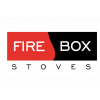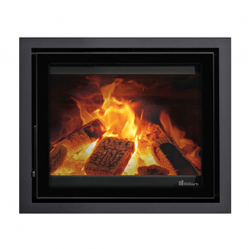Oak Beam Mantel
Transform your fireplace with the rustic charm of our Plain Oiled Oak Beam Mantel. Ideal for adding a touch of warmth and traditional elegance to any living space.
- Material: High-quality solid oak
- Finish: Plain oiled for a natural look and protection
- Dimensions: 1250mm (Width) x 120mm (Height) x 100mm (Depth)
- Weight: Substantial build to ensure durability
- Installation: Comes with brackets and installation instructions
- Usage: Suitable for a variety of interior decors
- Maintenance: Easy to maintain and clean
- Eco-Friendly: Sourced from sustainable forests
- Handcrafted: Each mantel is unique with its own character and grain patterns
Add warmth to your home with this beautiful oak beam mantel, a timeless addition that complements both modern and traditional interiors alike.





